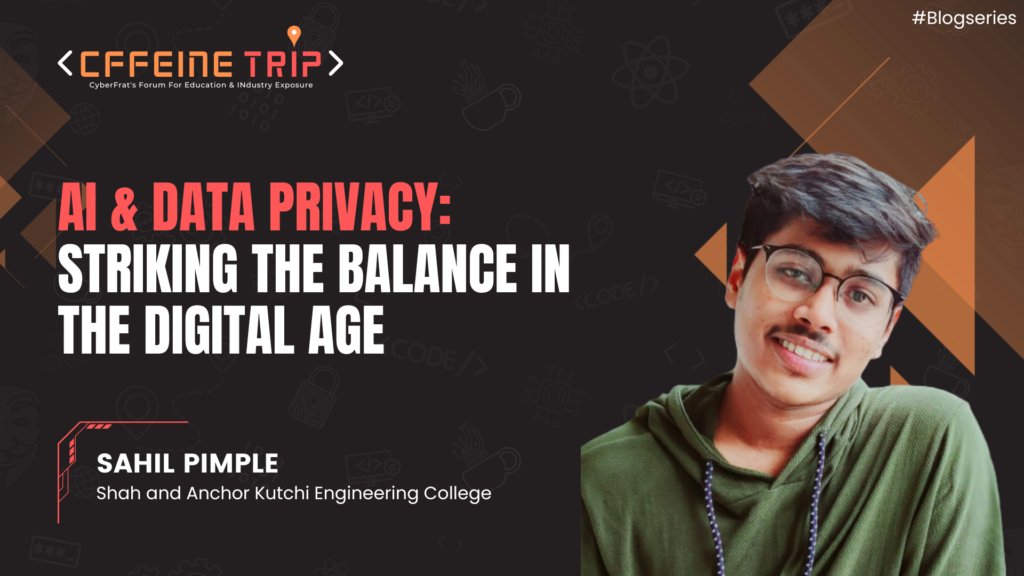
Introduction
Artificial intelligence (AI) emerged as a powerful tool that transforms our lives. From personalized recommendations to autonomous vehicles, it offers numerous benefits and opportunities. While AI heavily relies on data, it concerns everyone about its threat to overall digital privacy.
In this blog, we will explore the intricate relationship between AI and data privacy and highlight the importance of striking the right balance to ensure both innovation and protection.
The Rise of AI and its Dependence on Data
Artificial intelligence systems are designed to learn, reason, and make decisions based on patterns and insights derived from vast amounts of data. Whether it’s training machine learning algorithms or creating sophisticated deep neural networks, AI heavily relies on diverse and comprehensive datasets. These datasets often include personal information, ranging from individual preferences and behaviors to sensitive details like health records and financial transactions. Finally, its purpose is to improve performance and personalize user experience.
The Intersection of AI and Data Privacy
AI, with its potential to unlock valuable insights and facilitate automation, has the ability to revolutionize various sectors. However, it also poses challenges to data privacy. The vast amounts of personal data collected and processed by AI systems raise concerns about how that data is used, protected, and shared. Questions arise regarding ownership, consent, transparency, and accountability in the AI-driven ecosystem.

Striking the Right Balance: Ensuring Data Privacy in AI Applications
1. Data Minimization:
Organizations should adopt a “privacy by design” approach, where the collection and storage of personal data are limited to what is necessary for the intended purpose. Minimizing data collection reduces the risk of unauthorized access and potential misuse.
2. Anonymization and De-Identification:
Techniques like anonymization and de-identification can be employed to remove or encrypt personally identifiable information from datasets used in AI training. This allows organizations to leverage data while preserving individual privacy.
3. Consent and Transparency:
Clear and informed consent should be obtained from individuals before their data is used for AI applications. Organizations must communicate openly about their data practices, including the purpose, scope, and potential implications of AI algorithms for privacy.
4. Data Security:
Robust security measures must be implemented to safeguard personal data from unauthorized access, breaches, and cyber threats. Encryption, access controls, and regular security audits are vital components for protecting data privacy in the AI ecosystem.
5. Ethical Guidelines and Regulation:
Governments and regulatory bodies play a crucial role in ensuring data privacy in AI. Comprehensive regulations that address AI-specific challenges, along with ethical guidelines for responsible AI development and deployment, are necessary to protect individual rights.
6. User Empowerment
Providing individuals with tools and mechanisms to manage their data and control its use is crucial. User-friendly interfaces, privacy settings, and opt-out options give individuals greater control and empower them to make informed choices about their personal information.
Conclusion
The integration of AI into various aspects of our lives offers tremendous potential for innovation and progress. However, it is essential to strike a delicate balance between harnessing the power of AI and protecting data privacy.
By adopting responsible practices, adhering to regulations, and prioritizing transparency, organizations can ensure that the benefits of AI are realized without compromising individual privacy.
As we navigate the evolving landscape of AI and data privacy, collaboration between stakeholders, including policymakers, businesses, and individuals, is crucial to building a future where technology and privacy can coexist harmoniously.

